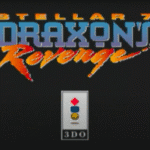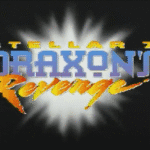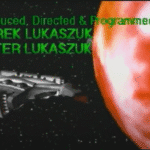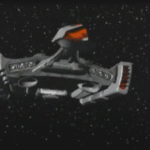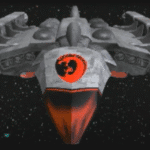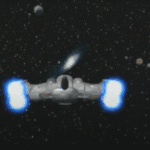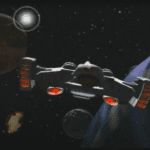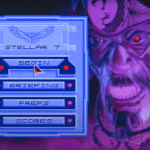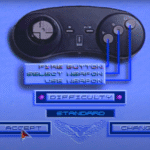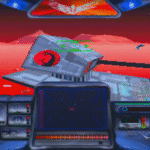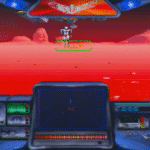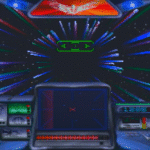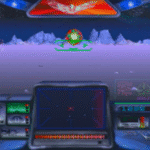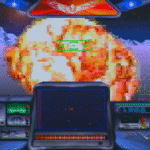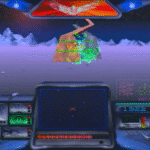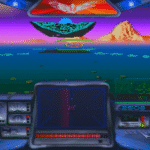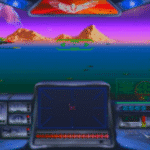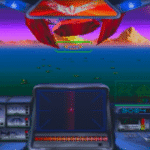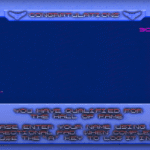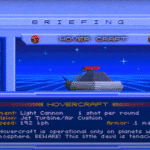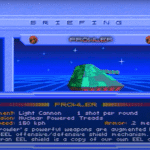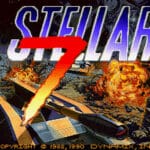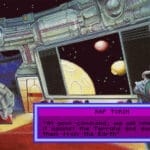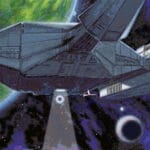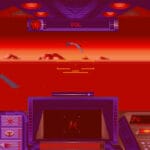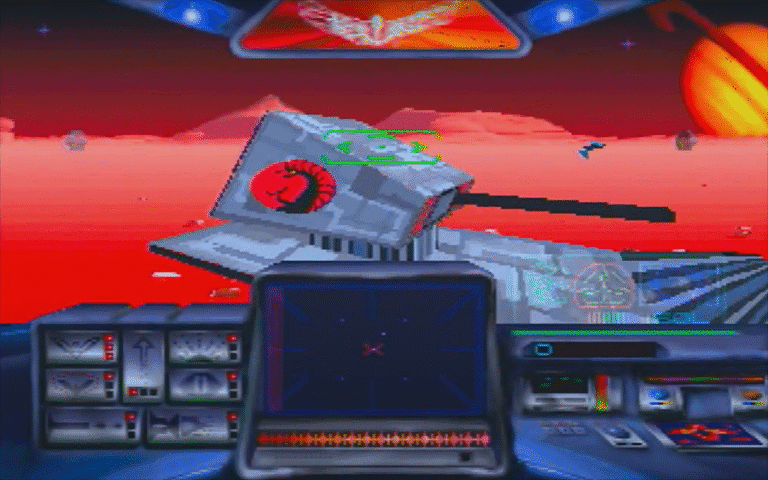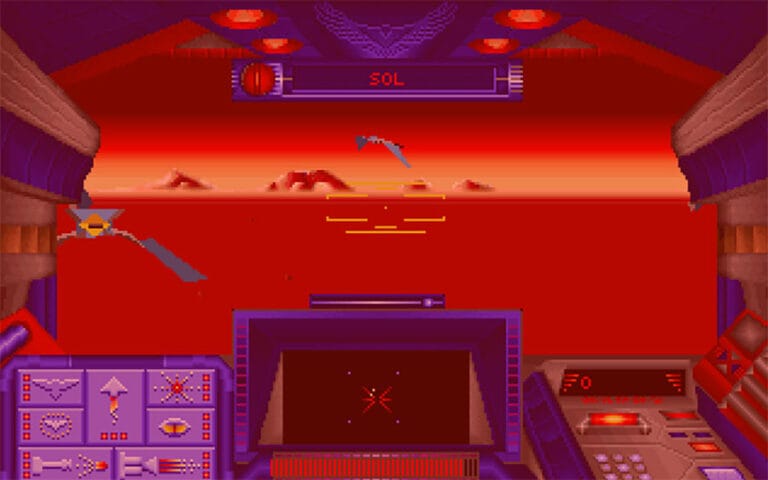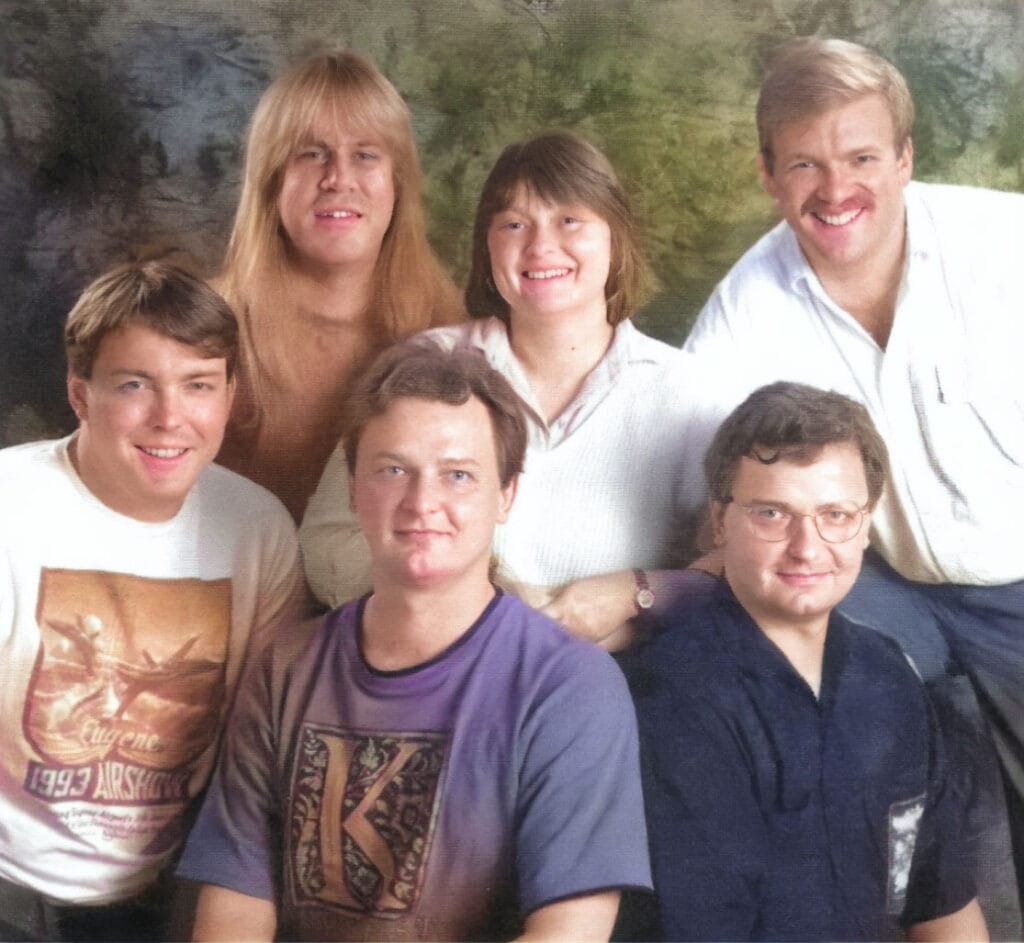Stellar 7 Draxon's Revenge 3DO review
Stellar 7 Draxon's Revenge 3DO
Original Release: 1993 | Platform: 3DO | Developer: Dynamix | Publisher: Sierra On-Line
When the 3DO Interactive Multiplayer debuted in 1993 as a next-generation entertainment system, it was accompanied by a variety of lacklustre children’s Putt Putt and Fatty Bear titles intended to showcase its multimedia capabilities. Luckily amongst these abysmal kids titles was something a little more relevant to a teenage gamer audience. Stellar 7: Draxon’s Revenge attempted to combine high-concept science fiction tank combat with full-motion video (FMV) storytelling. In retrospect, the game serves as both a study in early CD-based gaming and and example of how developers face steep learning curves working on brand new systems – as this game certainly didn’t push the 3DO’s capabilities.
A Sequel with Roots in PC Gaming
Stellar 7 continues Dynamix’s tradition of vehicular shooters, a legacy that began in the late 1980s and is more prominent among PC gamers. The 3DO iteration, subtitled Draxon’s Revenge, constitutes an enhanced version of the 1990 DOS release, reengineered to take advantage of the 3DO’s multimedia and rendering features. Notably, the narrative unfolds through concise FMV sequences featuring the voice of Michael Dorn, best known for his role as Lieut. Worf on Star Trek: The Next Generation. The introduction notably improves upon the original DOS version by including fully rendered space scenes, offering a marked upgrade over the earlier static or animated images and basic sound effects.
Players assume control of the Raven, an advanced battle tank assigned to counter the threat posed by alien overlord Gir Draxon. While the story remains relatively simplistic, it is presented with comic-book sincerity that lends it a unique charm.
Gameplay: Classic Tank Combat Revisited
Mechanically, Draxon’s Revenge adheres to the conventions of classic tank shooters, adjusted to fit the 3DO controller and graphical hardware. Each stage features flat-shaded landscapes populated by polygonal adversaries, with minimal environmental complexity. The far off backgrounds are static, resulting in a somewhat disjointed visual experience.
The gameplay is methodical and the Raven’s movement accurately reflects tank dynamics, introducing a sense of weight and deliberation that may not appeal to those seeking fast-paced action. Players face various enemy types over 7 planet levels , such as aerial winged drones and ground-based vehicles and bosses, which require careful management of shield and energy resources. Its annoying that you cannot elevate the gun sight to properly target flying enemies but hitting an enemy is rewarding due to well-designed explosion and impactful sound effects.
However over the 7 levels repetition emerges quickly. Levels follow a predictable structure and design, and the limited artificial intelligence does little to differentiate encounters. Weapon upgrades are present like cloaking devices, thrust upgrades and smart bombs but the lack of depth, and the overall difficulty curve remains steady throughout, rewarding persistence over actual skilful play.
Presentation: Strengths and Shortcomings
The game’s most distinctive improvement over the original is its presentation, particularly its use of FMV between missions. While impressive for its time, these sequences add little narrative value or immersion. The audio component, however, is more effective—the synthesizer-driven score complements the mechanized combat, and Michael Dorn’s voice acting, though sparse and somewhat over the top, is competent.
Historical Context and Legacy
Stellar 7: Draxon’s Revenge exemplifies the transitional period between the 16-bit era and the rise of disc-based multimedia consoles. On PC, the franchise was innovative within the first-person vehicle shooter genre. On the 3DO, however, it appears more as a technical demonstration with serviceable gameplay mechanics. It makes partial, but by no means comprehensive, use of the hardware’s potential – unlike the much better EA titles like Madden and Road Rash.
For enthusiasts of early CD-ROM titles or retro science fiction aesthetics, the game offers nostalgic appeal with its low-polygon graphics and FMV integrations. Compared with a similar type of game like the brilliant Shockwave series, Draxon’s Revenge occupies a position as an interesting early 3DO title but is ultimately flawed and rather tedious after a while.
Verdict
While Stellar 7: Draxon’s Revenge aspires to blend action, narrative, and audio-visual elements, the end result is an average amalgamation of arcade mechanics and cinematic ambition. Its merits are evident but largely confined to a specific segment of gaming history.
Positives:
- Atmospheric and minimalist presentation
- Satisfying, deliberate combat mechanics
Negatives:
- Repetitive level design and basic artificial intelligence
- Limited impact of FMV sequences
- Insufficient depth and variety for sustained engagement.
Stellar 7 3DO game manual
Intro video and gameplay
Screenshots
Game Box and CD
3DO Stellar 7 cockpit view
Original Stellar 7 DOS game
Stellar 7 3DO cheats
Unlimited weapons and energy: at the title screen press the top L and R buttons on controller one as follows: L, R, R, L, R, Lx9, R, Lx6, R, Lx4, R.
The screen will show the phrase “Wimpy 7” and the word “cheater” will appear briefly.
To activate, press L to refuel or R to recharge your power-ups.
Stellar 7 3DO game introduction
The most diabolical tyrant in the galaxy has his sights set on Earth. Ger Draxon Supreme Overlord of the Arcturian Empire is mobilizing for a massive Invasion into the Heart of the Terran Confederation.
To meet this threat the Earth Defence fleet has been dispatched in a desperate attempt to destroy the Arcturian invasion Force before it assembles. Too late… Terran scientists have discovered the existence of the warp links- a mysterious phenomenon allowing the transfer of matter between Distant Worlds.
Ger Draxon is using these warp links to marshal his invasion Fleet in seven systems within Striking Distance of mankind’s home world. The worst nightmares of the Terran military command have become reality …with the Terran Fleet flung halfway across the Galaxy, the only thing standing between 12 billion defenceless human beings and certain annihilation is a prototype assault vehicle codenamed The Raven.
You must pilot The Raven through the Arcturian warp links and eliminate Ger Draxon’s invasion Force before it can attack. A suicide mission? …perhaps, but it is the Earth’s only hope.
